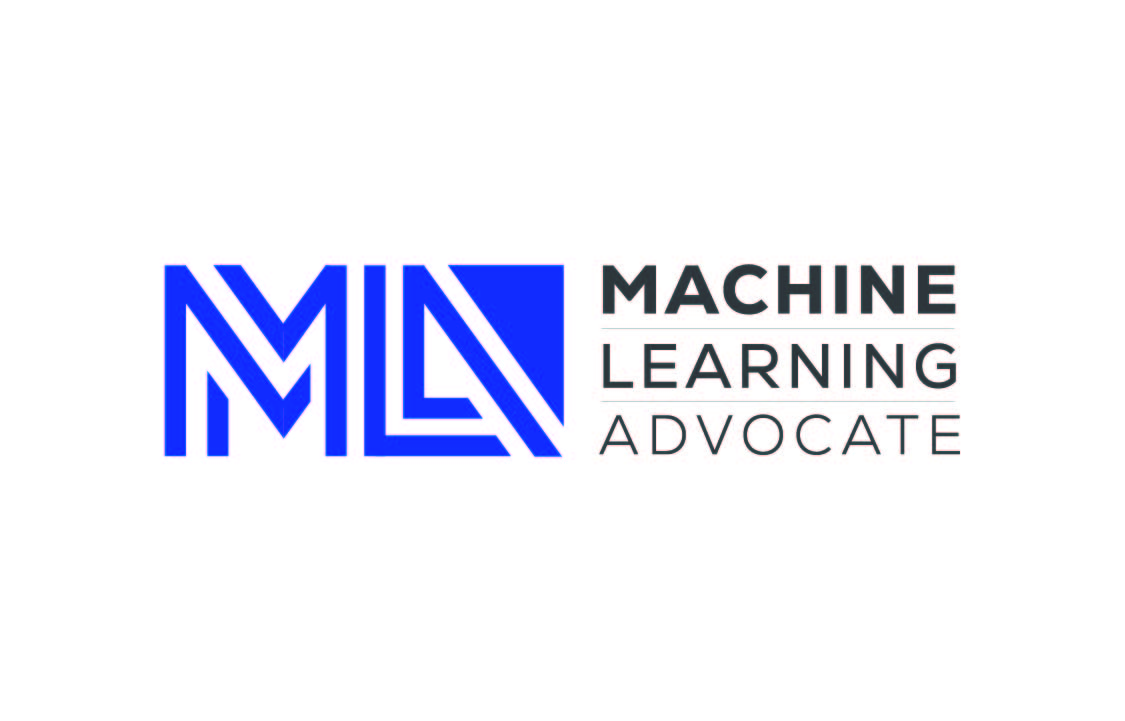Your phone’s camera doesn’t just take pictures anymore – it decides when to use night mode, adjusts focus automatically, and can even remove photobombers. That’s machine learning at work. Yet despite being surrounded by it daily, many people still wonder: what exactly is machine learning?
Machine Learning in Simple Terms
Machine learning is a way of teaching computers to recognize patterns and make decisions by showing them lots of examples, rather than programming them with specific rules. Think of it like teaching a child to recognize different dog breeds. Instead of listing every possible characteristic of every breed, you show them thousands of pictures of dogs with their breed labels. Eventually, they learn to identify breeds on their own.
That’s essentially what machine learning does, except computers can process millions of examples in minutes rather than years.
The Technology Powering Modern AI
When you chat with ChatGPT, Claude, or any other AI assistant, you’re talking to a machine learning system called a Large Language Model (LLM). These systems learned to understand and generate human-like text by analyzing billions of books, articles, and web pages. They discovered patterns in how we use language, what words go together, and how to respond helpfully to questions.
Think of it this way: if you read every book in several libraries and remembered all the patterns of how people write and communicate, you’d become incredibly good at predicting what word comes next in any sentence. That’s essentially what LLMs do, but at an enormous scale and speed that humans could never match.
Where You Encounter Machine Learning Daily
Machine learning is already woven into your daily life in ways you might not realize:
Your Phone: Face ID, voice assistants like Siri, predictive text, and photo organization all use machine learning. Your phone learned what your face looks like, how your voice sounds, and how you typically type.
Entertainment: Netflix knows which shows you’ll love, Spotify creates personalized playlists, and YouTube suggests videos you’ll watch. These platforms learned your preferences by observing what you watch, skip, like, and share.
Shopping: Amazon’s product recommendations, fraud detection on your credit card, and even the ads you see online are all powered by machine learning systems that have learned patterns about consumer behavior.
Transportation: GPS apps like Google Maps learn traffic patterns to find the fastest route. Self-driving car features use machine learning to recognize stop signs, pedestrians, and other vehicles.
Communication: Language translation, autocorrect, and even those increasingly sophisticated chatbots all rely on machine learning systems that have learned to recognize patterns in text and language.
How It Actually Works: A Simple Example
Let’s say you want to teach a computer to predict whether a customer will make a purchase based on their browsing behavior. Here’s how machine learning makes this possible:
Gather Examples: Collect data from thousands of customers who have already either purchased or left without buying, along with information about how they browsed your site Find Patterns: The computer analyzes this data and discovers patterns (customers who spend more than 3 minutes on product pages and view customer reviews are more likely to buy) Learn Rules: Based on these patterns, the system creates its own internal rules for predicting purchase likelihood Make Predictions: When a new customer visits, the system applies what it learned to predict how likely they are to make a purchase
The amazing part? You never had to explicitly tell the computer “if someone reads reviews for more than 2 minutes, they’re probably serious about buying.” The system discovered these patterns on its own.
Why This Matters for Your Future
Understanding machine learning isn’t just about satisfying curiosity, it’s about preparing for a world where AI is increasingly central to how we work, learn, and solve problems. Whether you’re in marketing, healthcare, education, or any other field, machine learning tools are becoming as common as spreadsheets were a generation ago.
More importantly, as AI becomes more powerful, understanding how these systems learn and make decisions helps you use them more effectively and think critically about their limitations.
The Human Element
Here’s what struck me after two decades of working with these systems: machine learning isn’t about creating human-like intelligence. It’s about finding patterns in data so effectively that the results can seem almost human-like.
When I watch a machine learning model gradually improve at recognizing images or understanding text, it reminds me of how we develop expertise. We don’t memorize every possible scenario, we learn to recognize patterns and apply them to new situations. A doctor diagnosing symptoms, a teacher recognizing when a student is struggling, or a friend recommending a restaurant, we’re all using pattern recognition learned from experience.
Machine learning systems, in their own way, mirror this fundamental aspect of human intelligence. They learn from examples, recognize patterns, adapt to new information, and make predictions based on past experience.
Looking Forward
As you begin exploring machine learning, remember that you’re not just learning about technology, you’re discovering new ways to solve problems and understand the world around you. Every recommendation system, every voice assistant, and every AI tool started with the same basic principle: learning from examples to make better decisions.
The field is evolving rapidly, but the core concept remains beautifully simple: show a computer enough examples, and it can learn to recognize patterns and make predictions that help solve real problems.
Your Learning Journey Starts Now
What aspects of machine learning are you most curious about? Have you noticed other ways ML impacts your daily life? Drop me a line at hello@mladvocate.com – I’d love to hear what gets you interested in this field.
Throughout this blog, we’ll dive deeper into machine learning and explore how to get hands-on with these powerful tools. The journey from curious beginner to confident practitioner starts with a single step, and you’ve just taken it.
